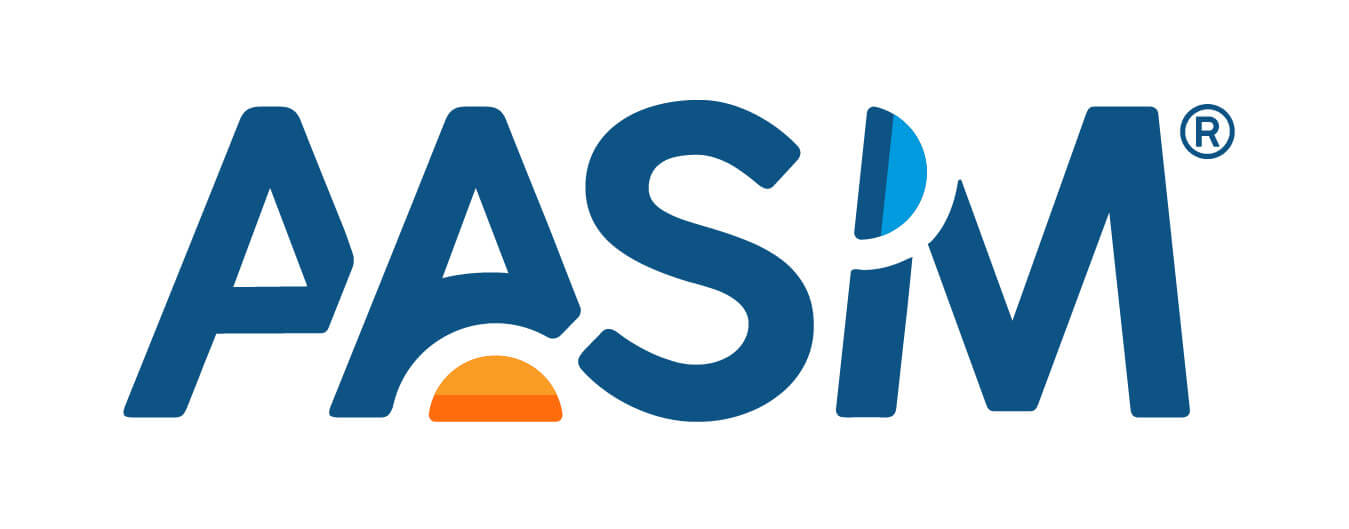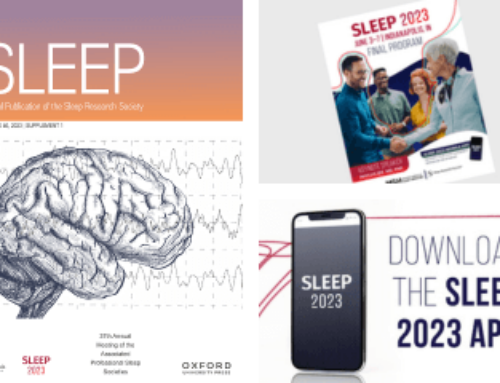EMBARGOED FOR RELEASE: June 9, 2009, at 12:01 a.m.
CONTACT:
Kelly Wagner
(708) 492-0930, ext. 9331
WESTCHESTER, Ill. – The naturalistic respiratory muscle training with high resistance wind instruments may potentially reduce musicians’ risk for obstructive sleep apnea (OSA), according to a research abstract that will be presented on Tuesday, June 9, at SLEEP 2009, the 23rd Annual Meeting of the Associated Professional Sleep Societies.
Results suggest that instrumentalists who played high resistance, double reed woodwinds, such as the oboe, had a lower risk of OSA than other instrumentalists. No significant difference in risk for OSA was found in instrumentalists (29.1 percent) versus non-instrumentalists (33.3 percent).
According to principal investigator Christopher Ward, PhD, assistant professor of psychology and lead author Kaki York, PhD, at the University of Houston-Clear Lake, Houston, it is difficult to determine why only instrumentalists who played double reed instruments showed the least likelihood of having OSA. The reduced risk could be caused by different physiological requirements to play the instrument, or simply by lifestyle choices made by certain musician groups.
“The number of hours practiced per week seemed to be the most important variable in lowering risk for OSA. Double reed instrumentalists at low risk for OSA played their instrument 17 hours a week on average, while those at high risk only averaged 8.5 hours per week,” said Ward.
The study surveyed 847 professional musicians, including 760 instrumentalists and 87 conductors/vocalists. Participants’ average age was 42.5, and the majority of the sample was male (62.2 percent). Musicians had an average of 30.2 years of experience and played for an average of 15 hours a week. Of the musicians, 29.2 percent were high risk for OSA and 4.3 percent of the participants were already diagnosed with OSA.
Although future clinical trials will be needed to confirm this hypothesis, findings suggest that naturalistic respiratory muscle training with high resistance wind instruments may reduce risk for OSA in at-risk populations.
The annual SLEEP meeting brings together an international body of 6,000 leading researchers and clinicians in the field of sleep medicine to present and discuss new findings and medical developments related to sleep and sleep disorders.
More than 1,300 research abstracts will be presented at the SLEEP meeting, a joint venture of the AASM and the Sleep Research Society. The three-and-a-half-day scientific meeting will bring to light new findings that enhance the understanding of the processes of sleep and aid the diagnosis and treatment of sleep disorders such as insomnia, narcolepsy and sleep apnea.
Abstract Title: Risk of obstructive sleep apnea in wind musicians
Presentation Date: Tuesday, June 9
Category: Sleep Disorders – Breathing
Abstract ID: 0715
###








